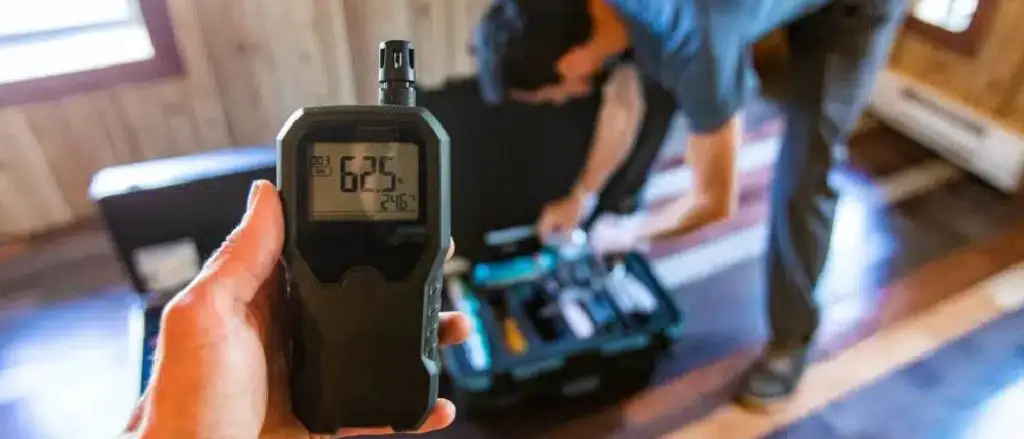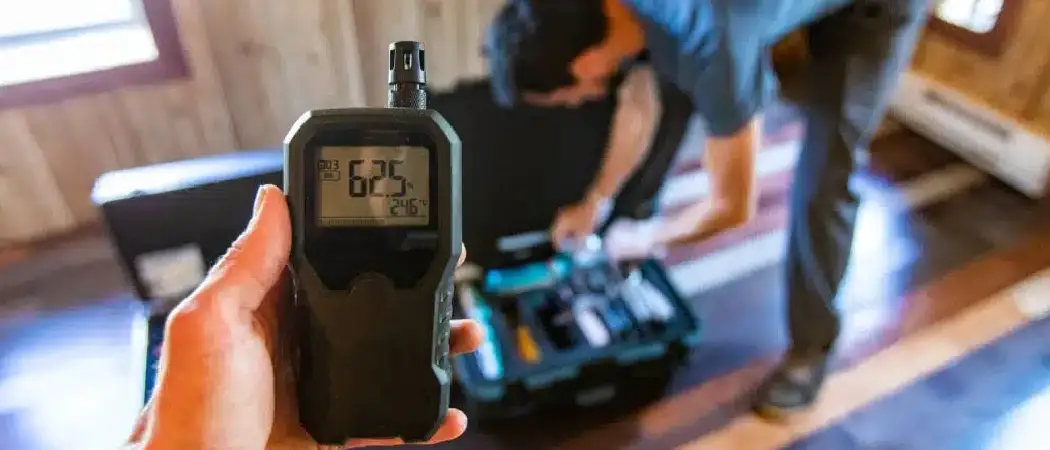To fix a Lysol can that won’t spray, try soaking the nozzle in warm, soapy water. Facing issues with a Lysol can that won’t spray can be frustrating.
While the cause could vary, the solution is often simple. By following a few easy steps, you can typically get your Lysol can back in working order in no time. Implementing these fixes will not only save you money from having to buy a new can, but also help you continue to keep your surfaces clean and germ-free.
We will explore some common reasons why a Lysol can may stop spraying and provide you with actionable steps to resolve the issue.

Common Reasons For Lysol Can Not Spraying
The Lysol spray can not spraying can be a frustrating issue to deal with when you are trying to disinfect surfaces. There are several common reasons why a Lysol can might not be spraying, and it’s important to identify these issues in order to fix the problem efficiently.
Clogged Nozzle
One of the common reasons for a Lysol can not spraying is a clogged nozzle. Over time, debris and dried-up product can accumulate in the nozzle, obstructing the flow of the spray. This can happen if the canister has not been used for an extended period or if the nozzle is accidentally blocked.
Empty Canister
Another possible reason for a Lysol can not spraying is an empty canister. If the canister is empty, the propellant pressure may not be sufficient to release the product, resulting in no spray. It’s essential to check the level of product remaining in the canister before attempting to troubleshoot any other issues.
Faulty Valve
A faulty valve can also cause the Lysol can not spraying problem. If the valve fails to open when the nozzle is pressed, it will prevent the product from dispensing properly. This typically occurs due to a manufacturing defect or damage to the valve mechanism.

Quick Fixes For A Lysol Can That Won’t Spray
When your Lysol can won’t spray, it can be frustrating. But fear not, there are quick fixes that you can try right at home to get your disinfectant back in action.
Hot Water Soak Method
1. Fill a bowl with hot water.
2. Place the Lysol can nozzle-down into the hot water.
3. Let it soak for 5-10 minutes.
4. Remove from water and try spraying again.
Using A Needle To Unclog Nozzle
1. Insert a needle or pin into the nozzle hole.
2. Gently move the needle around to dislodge any blockage.
3. Try spraying the Lysol can again.
Shaking And Priming The Can
1. Shake the Lysol can vigorously for 30 seconds.
2. Press down on the spray nozzle multiple times to prime it.
3. Test by spraying into the air.
By following these quick fixes, you can troubleshoot and potentially resolve the issue of a Lysol can that won’t spray. Remember, always follow safety precautions when handling household cleaning products.
Preventive Measures
To fix a Lysol can that won’t spray, you can start by removing the nozzle and soaking it in warm, soapy water. Then, use a needle to unclog the spray hole and ensure smooth functioning. Additionally, shaking the can before use can help prevent clogs in the future.
Proper maintenance and storage of your Lysol can are essential to ensure its optimum performance and prevent it from malfunctioning. By following these preventive measures, you can keep your Lysol can in excellent condition for longer.
Regular Maintenance
Regular maintenance is crucial to prevent your Lysol can from clogging or not spraying properly. Here are a few simple steps you can take to maintain your can:
- Shake the can well before each use to ensure the contents are mixed properly.
- Check the nozzle for any blockages or debris. If you notice any clogs, unclog the nozzle using a needle or a pin.
- Clean the nozzle and the surrounding area with a damp cloth to remove any residue that may affect the spray.
- Store the can upright to prevent the contents from settling or clogging the nozzle.
Proper Storage
The way you store your Lysol can significantly impacts its performance. Follow these storage guidelines to maintain the functionality of your can:
- Avoid exposing the can to extreme temperatures, as this can affect the pressure inside and cause it to malfunction.
- Store the can in a cool, dry place away from direct sunlight to prevent evaporation or bursting due to heat.
- Keep the can away from other chemicals or flammable substances that may react and cause leakage or damage.
- Ensure the cap is tightly closed after each use to prevent air from entering and affecting the can’s pressure.
By incorporating these preventive measures into your routine, you can effectively maintain your Lysol can and ensure it sprays properly each time you need it.
When To Seek Professional Help
Persistent Spraying Issues
If your Lysol can still won’t spray after trying the troubleshooting tips, it may be time to seek professional help.
Unusual Smells Or Leaks
If you notice unusual smells or leaks coming from the Lysol can, it’s best to seek help from a professional to avoid any potential hazards.

Frequently Asked Questions For How To Fix A Lysol Can That Won’t Spray
Why Is My Lysol Not Spraying?
Possible reasons for Lysol not spraying include a clogged nozzle, low battery, or empty bottle. Try unclogging the nozzle, ensuring the battery is charged, or replacing the bottle.
How Do You Fix An Aerosol Spray Can That Won’t Spray?
To fix an aerosol spray can that won’t spray, first, remove the nozzle and soak it in warm water. Then, clean the nozzle using a pin or needle to remove any clogs. Next, shake the can vigorously and try spraying again.
If the issue persists, replace the nozzle with a new one.
Why Do Aerosol Cans Stop Spraying?
Aerosol cans stop spraying due to clogs or empty propellant gas. Clogs can be caused by residue buildup or a faulty spray nozzle. Running the can under warm water or replacing the nozzle can help. Empty gas is resolved by discarding and replacing the can.
How Do You Clean A Clogged Aerosol Can?
To clean a clogged aerosol can, remove the nozzle, soak it in warm, soapy water, then rinse and dry thoroughly before reattaching.
Conclusion
Having a Lysol can that won’t spray can be frustrating. By following these simple steps, you can easily fix the issue yourself. Remember to check the nozzle, clear the clog, and ensure the can is not damaged. With these tips, you can get your Lysol can spraying efficiently again in no time.

